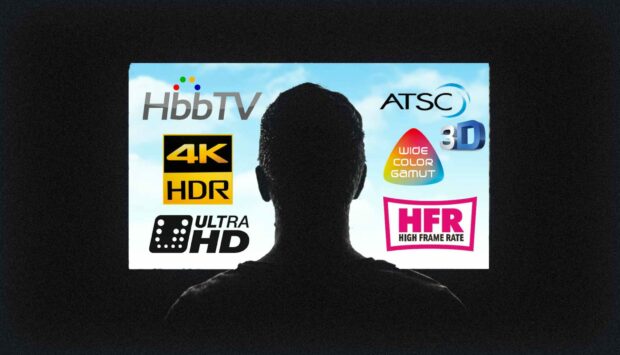TL;DR:
- ATSC is adding Versatile Video Coding (VVC) as a compression option to the ATSC 3.0 standard, alongside HEVC.
- VVC offers greater compression efficiency than HEVC, enabling potential 8K broadcasting and freeing up bandwidth for new services.
- The addition aligns ATSC 3.0 with global developments, as countries like Brazil plan to utilize VVC for NextGen TV initiatives.
The Advanced Television Systems Committee (ATSC) is taking steps to future-proof its ATSC 3.0 standard by incorporating Versatile Video Coding (VVC) as an additional compression option. This move aligns the Next-Gen TV standard with global developments and positions it to support cutting-edge broadcast capabilities down the line.
Enhancing Compression Efficiency
While the current ATSC 3.0 standard relies on High Efficiency Video Coding (HEVC) for video compression, VVC offers even greater efficiency. According to ATSC President Madeleine Noland, VVC could enable an 84% savings in bit rate compared to the outdated MPEG-2 codec used in ATSC 1.0, outperforming even HEVC’s impressive 75% savings.
This enhanced compression could pave the way for 8K broadcasting via ATSC 3.0 in the future. “To be clear, there’s the possibility of 8K using HEVC. 8K is part of the HEVC standard that’s part of ATSC 3, but it’s a different flavor,” Noland explains. “There’s a lot of facets to what it means to have 8K.”
Versatility for Future Services
Beyond enabling higher resolutions, the addition of VVC could also free up valuable bandwidth for broadcasters to explore new services and offerings. With its improved efficiency, VVC could facilitate the delivery of more channels or enable exciting datacasting capabilities within the ATSC 3.0 framework.
Adapting to Global Needs
While the integration of VVC into ATSC 3.0 is not expected to immediately impact U.S. broadcasters or viewers, it reinforces the standard’s adaptability to regional and global needs. Countries like Brazil have already signaled their intent to utilize VVC for their “TV 3.0” initiatives, highlighting the growing international interest in this advanced compression technology.
ATSC’s Commitment to Innovation

As Noland emphasizes, “We believe it’s important for ATSC to continue to innovate and take full advantage of the latest technology developments, which is why members are interested in adding VVC to ATSC 3.0.” This commitment to staying ahead of the curve ensures that the ATSC 3.0 standard remains well-positioned for future advancements and maintains its global relevance.
Currently, in the “Candidate Standard” evaluation phase, VVC is expected to be elevated to a full ATSC 3.0 Standard later this year, following a rigorous review process. This integration will further solidify ATSC 3.0’s status as a flexible, future-proof suite of standards capable of adapting to emerging technologies and evolving market demands.
Adding VVC Compression To The ATSC 3.0 Standard
The ATSC’s move to add Versatile Video Coding to the ATSC 3.0 standard is a testament to the organization’s forward-thinking approach and commitment to delivering cutting-edge broadcast capabilities. As the industry continues to evolve, this integration positions ATSC 3.0 to support groundbreaking innovations, from 8K resolutions to entirely new services, ensuring that the standard remains a global leader in the rapidly advancing world of next-generation television.
ATSC embraces #VersatileVideoCodec (#VVC) for the future of #ATSC3 standard. Enhanced compression for potential 8K broadcasting and new services. Stay tuned for #NextGenTV innovations! #broadcast #compression Share on X










 Mercedes-Benz To Use Humanoid Robots In A New Mixed Human/Robot Factory Workforce
Mercedes-Benz To Use Humanoid Robots In A New Mixed Human/Robot Factory Workforce
Leave a Reply
You must be logged in to post a comment.